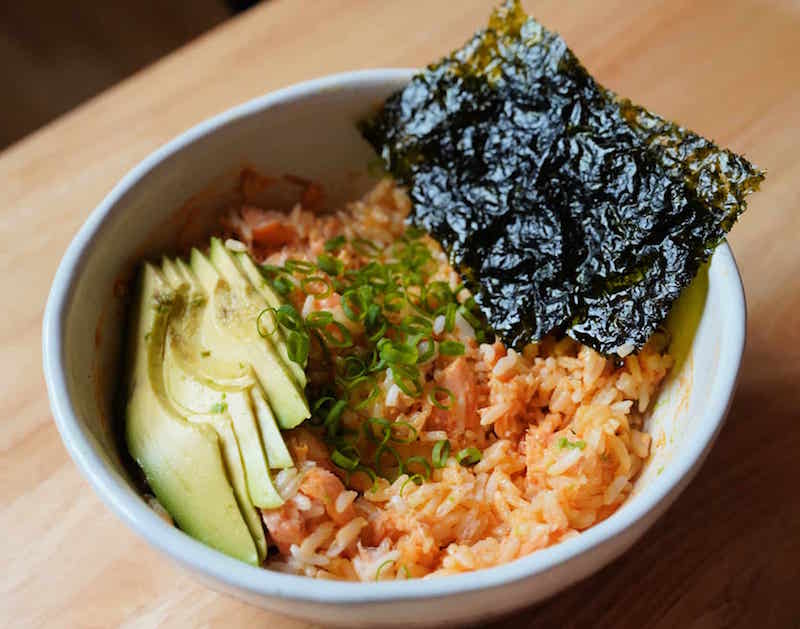TikTok recently celebrated its milestone of reaching one billion active global users, and according to recent data published by the platform, 75% of its users do so for entertainment purposes.
Yet several case studies of brands who have leveraged TikTok to drive sales at scale continue to demonstrate its efficacy as a marketing and conversion tool. This trend is set to continue its upward trajectory as TikTok continues to diversify its growing community of users and provide a platform that is “for everyone, everywhere”.
Data gathered by the platform has shown that 35% of users have spent less time watching TV and other video content since joining TikTok. Furthermore, over 46% of users engage with TikTok exclusively, without any other distraction.
TikTok has leveraged the appeal of video content in a way that keeps audiences engaged. It only takes about 15 seconds to introduce millions of people to a product or brand and to present those audiences with a streamlined and community-supported shopping experience. An increasing number of brands are using the platforms’ functions to tap into this potential for lead generation and conversion.
Two key examples are illustrative of TikTok’s value proposition as a tool for digital commerce. The hashtag, #salmonricebowl launched by content creator, Emily Mariko, garnered 600 million views in just a few weeks. One component of her gourmet creation was seaweed thins – a product by East Asia-inspired brand, Itsu. The virality of the #salmonricebowl trend catalysed a sales boom in Itsu’s seaweed thins, resulting in an increase in sales of over 100%. Similarly, Maybelline reported that its ‘Sky High,’ mascara sold out four times over the course of two weeks, driven by TikTok trends.
TikTok uses the term ‘community commerce’ to describe the unique and emerging brand of digital shopping that is being built around its thriving audiences. Authenticity is the x-factor that lies at the centre of why TikTok content is such a powerful way to market brands. For TikTok’s product development team, this has provided a blueprint for the future of commerce.
In a sense, this growing trend harkens back to ‘simpler times’, when commerce was a shared system built on trust. Word-of-mouth marketing has been (and will continue to be) the world’s most powerful marketing tool, and TikTok’s user-generated content, which lends itself to product demonstrations, reviews and recommendations, is strategically positioned to redefine what this means in the context of online shopping.
Further appeal lies in the fact that TikTok’s interface is simple and user-friendly, offering marketers a native video editing suite that requires little to no technical knowledge to use.
In addition, positive public sentiment around TikTok’s For You Page (FYP) further highlights the platform’s ability to serve users content they wish to consume, giving marketers the ability to target their campaigns more accurately. For brands, this provides an opportunity to optimise marketing spend and build campaigns that are propelled by TikTok’s powerful algorithms, particularly around key shopping moments.
Video content speaks directly to the need for digestible content that can inspire, entertain and inform at the same time. Great prospects lie ahead for brands who can tap into the potential of video content to engage and build audiences within this burgeoning and future-forward environment.
Scott Thwaites is head of emerging markets at TikTok Global Business Solutions.














